35 - Shrimps in the aquarium
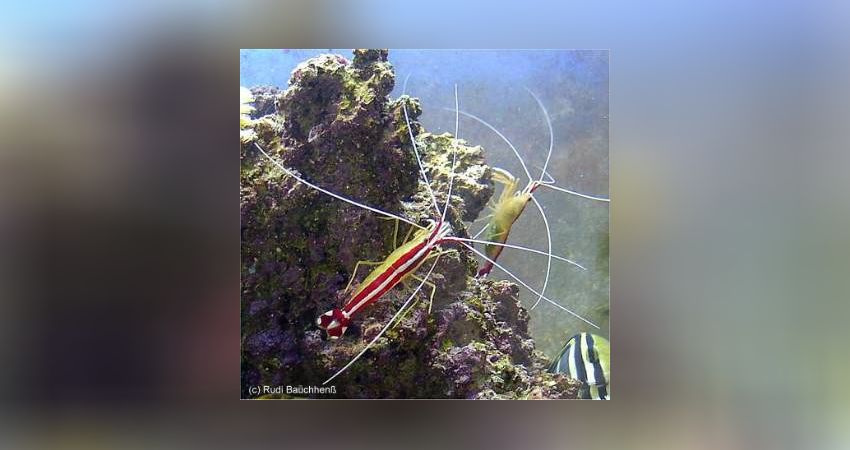
Which species are particularly suitable, which shrimps have their own unkindness. This report shows you what you should look out for.
Shrimps for the aquarium:
Sea aquaristics offers some interesting shrimps. On the one hand, they are very decorative crustaceans, on the other hand, many fulfil an important purpose! They clean the fish living in the aquairum.
I'm sure you have already read or even heard something about marine aquaristics by now. At the latest when you bring in the fish, you usually start thinking about which types of shrimp you can keep well, especially together with the fish.
However, please bear in mind an important tip that comes into play when you introduce the newly acquired crustaceans. Shrimps, like all crustaceans, are very sensitive to fluctuations in density and salinity. This means that you should be particularly careful when adapting shrimps to the new water. Unfortunately, many crustaceans do not survive if they adapt too quickly, hence the advice to exercise particular caution. The best method has proven to be the transfer method. Here the flow is regulated by a thin air hose with a clamp so that the aquarium water only reaches the water in which the shrimp is sitting drop by drop. As with fish, you should use twice as much old water as the water in the tank, then a reasonable adjustment is also guaranteed.
We would now like to give you a small overview of some shrimp species that keep well.

Lysmata amboinensis, also known by the German name Wei;bandputzergarnele:
It is certainly the most sold shrimp species and easy to keep. The good thing about it is that it cleans fish, i.e. frees them from annoying parasites. To do this, fish seek out the so-called cleaning place and offer themselves to the shrimp. Unfortunately, as we know from our own experience, not all of them clean as well as the fish would like. They are neither aggressive nor do they attack the animals you want to keep. The only disadvantage is that sometimes they do not live openly as shown in the photo but rather hidden under cover. Often they only come out when the lighting is dimmed (in the evening). They can usually be kept very well in a small group, but at least two should be used.
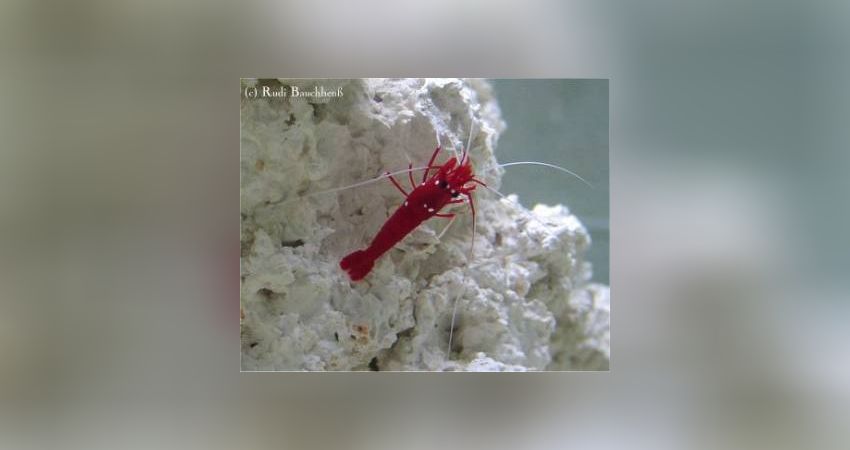
Lysmata debelius, the cardinal shrimp:
A somewhat more expensive species that is also often offered in the trade. It lives much more hidden than Lysmata amboinensis, often you hardly ever see it. This is partly due to their innate caution, and partly certainly to the fish stocking. If the tank is small and delicate, the shrimp will be seen, but if there are a lot of big fish in the tank, they will be rare. Therefore they also live hidden in hiding places like almost all shrimps. However, they also like to clean, even if not nearly as extensively as the above mentioned species. This is a very nice shrimp species, beautiful and really red shining. Again, it is advisable to buy two animals, as above, the animals simply feel more comfortable.
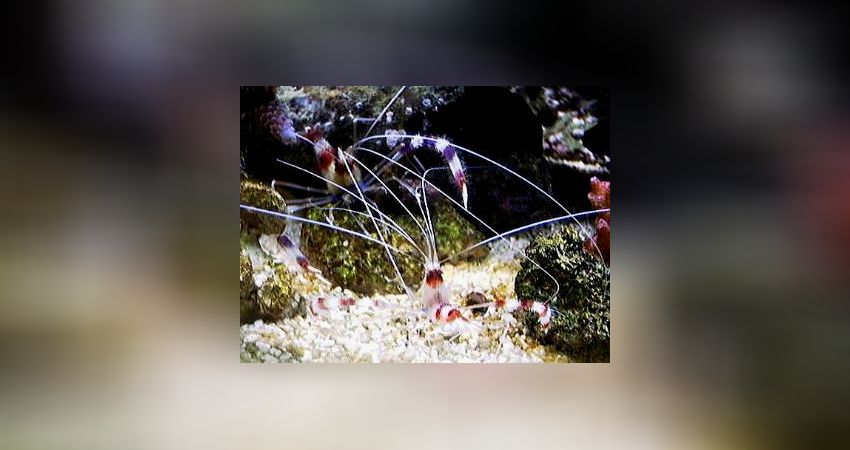
Stenopus hispidus, the modified scissor shrimp:
This species should be at least as common in the trade as the cardinal shrimp, at least we see it about as often.
They are very defensive animals with a not insignificant aggression potential, which can also tend to kill other, often more delicate shrimps. This may be an isolated observation, but it does happen. Likewise, an injured fish can fall victim to the shrimp, and some even observe that these shrimp try to attack fish. You should never put two shrimp together, they will fight until one of them is dead, even if the aquarium is very large, please get only one pair. It is interesting to see how these shrimps search the tank and the bottom for food in the evening and morning when the main light is not yet on. They also eat small bristle worms !
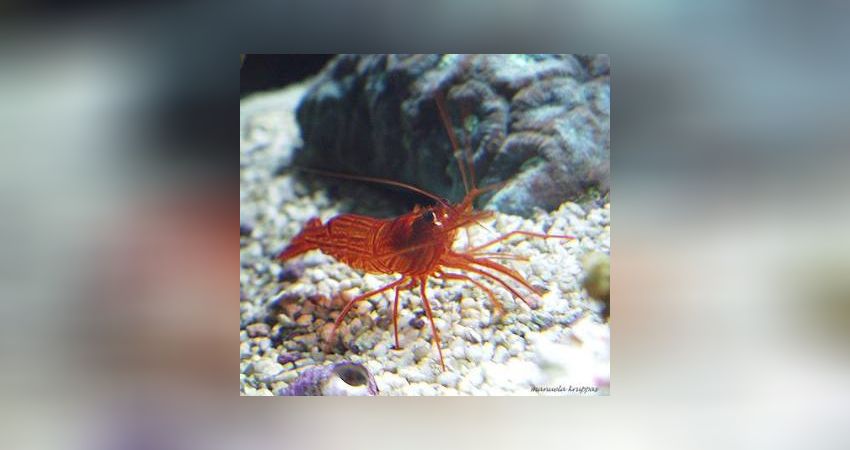
Lysmata wurdemanni, Wurdemann's shrimp
This shrimp has a reputation for eating glass lentils, which it undoubtedly does.... Sometimes...
Like many other shrimps, you never see them because they also hide in hiding places. You can keep them in a group but also as a pair or individually. Each animal feels more comfortable when it has a partner than in solitary confinement. We could observe that they only eat glass lice to a limited extent. If the keeper gives them enough food, they may not even look at the glass lice. This means that you have the best chance if you feed very sporadically and only so that the fish get something. Or you are lucky and can put the shrimps in first so that they can get rid of the unloved glass roses in advance.
This shrimp is bought mainly because of the glass lice!
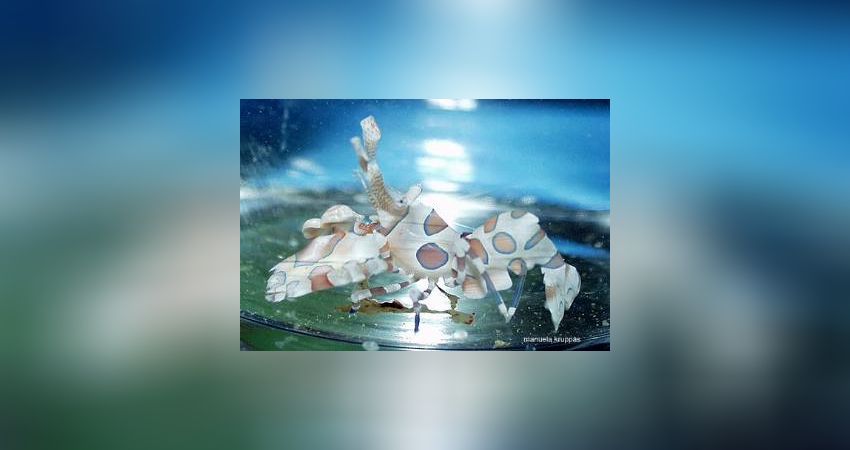
Hymenocera elegans, the western harlequin shrimp
This shrimp is often bought when you find too many of the small pillow stars in the aquarium, and you notice that the corals are being eaten. This happens very rarely, but with a mass reproduction of the small pillow stars you can lose some corals. (Preferably Poccilopora, Seriatopora) This shrimp is a real food specialist that specialises in starfish, some of which are larger. However, they also accept the smaller ones. This also means that they cannot survive if they cannot find any starfish. Therefore, you should refrain from buying them and collect the starfish by hand. They also feel much better when they are used as a pair, but unfortunately we do not know the exact GU.
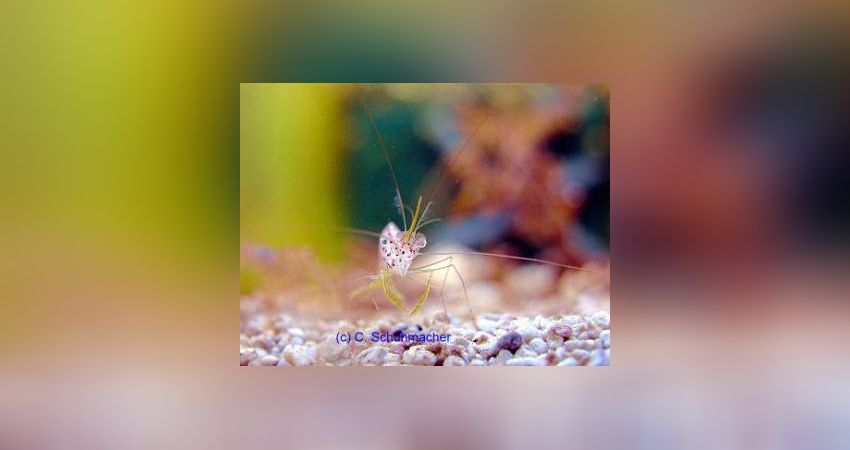
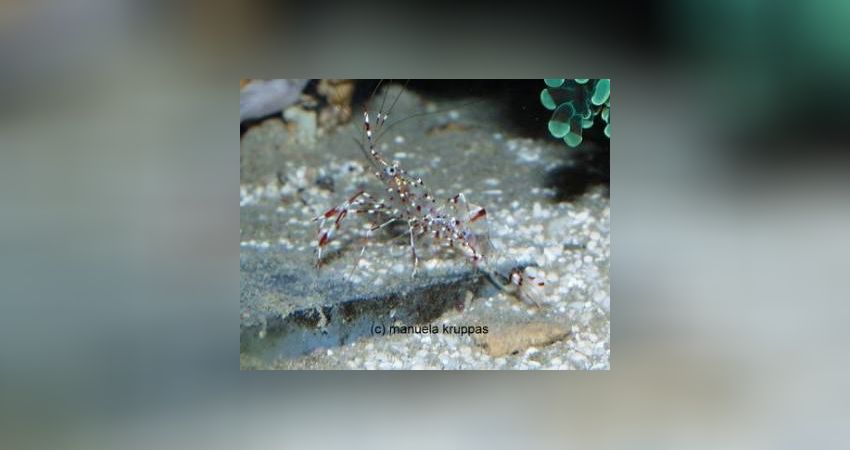
The two shrimp shown last are more for the small tanks with delicate fish stocking. On the left you see a Urocaridella species sp, and on the right a Urocaridella antonbruunii. We keep the right species in the nano tank and in the large 1000 litre tank. In the large tank you don't see it all day, but it hovers around the aquarium all night. In the small one she also lives hidden, but you can also see her during the day. It's a lot of fun to see her hovering. She has been in the aquarium for two years now. That's an age I didn't expect this delicate animal to reach, as most shrimps don't get very old. We will see how old it gets :-) This kind of shrimp has only been coming to us regularly for two to three years, unfortunately still not as often as we would like. Because they are a real enrichment, especially in small tanks with delicate animals.
As you can see, there is quite a good selection of shrimps for your aquarium. There are, of course, many more species than the ones shown here, but the most common ones should be included.
Frank Diehl, Robert Baur-Kruppas
How do you like this article?
Info
Author

Bookmark
Comments
Topics
Similar articles
- 11 - Calcium supply:
- How a marine aquarium is created-Part 2: The stone structure
- How a marine aquarium is created Part 39: Montipora snails Phestilla sp.
- 05 - Technical basin
- 28 - The repositioning of fish
- 30 - Surgeonfishes Part 2
- How a marine aquarium is created-Part 18: Supply KH, calcium and magnesium
- 18 - Ozone
- How a seawater aquarium is created Part 20: Cyanobacteria, fully caught!
- 10 - Water, substrate and tank equipment
Comments To the top
Please register
In order to be able to write something yourself, you must register in advance.






